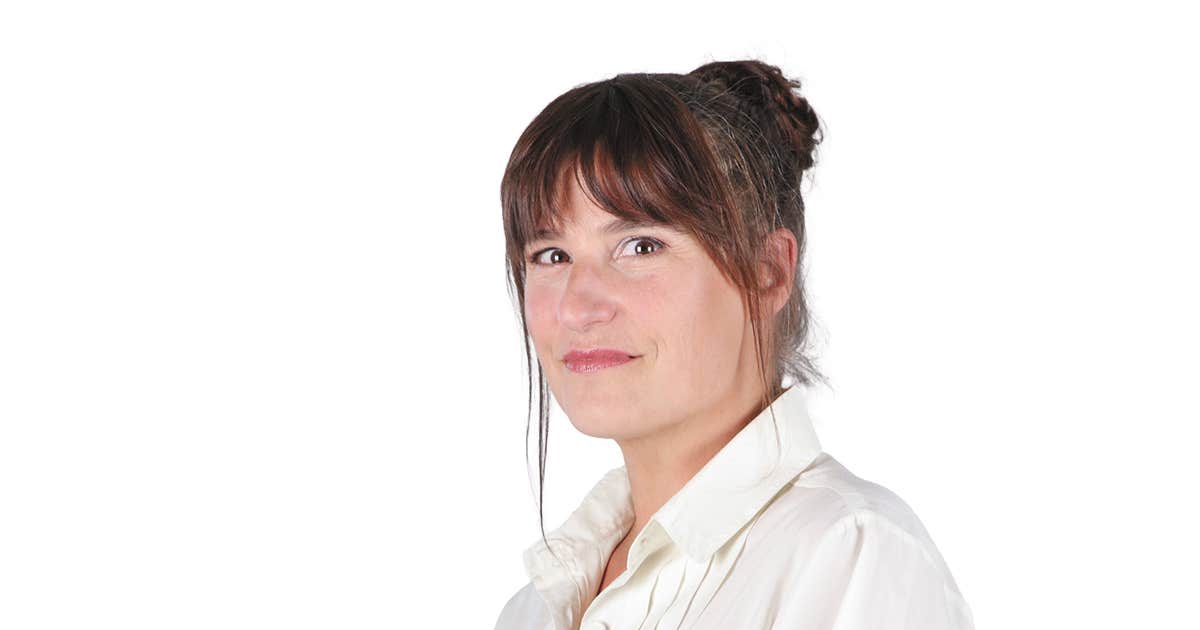“Winter is leaving, it’s hard to believe, but we got through it; the earth is thawing, the girls are beautiful, the hotel is warm. » I hum these words from Richard Desjardins, without really realizing it, busy bundled up with the branches of the plum tree that I have just pruned.
When I bought a modest triplex in Montreal, I didn’t think I would also become the owner of a fruit tree. To tell you the truth, it appeared on my land by magic eight years ago, probably a plum that had fallen from the neighbor’s trees, or escaped by a squirrel in too much of a hurry. I let it live and grow, to see if it would one day bear fruit, which it has done generously for five years now.
To find out how to take care of it, I spy on my neighbor’s father. Guiseppe is old, very old, his back is bent like the branches of his plum and pear trees, but he is the gardener responsible for this tiny plot of land in the middle of the metropolitan region. Guiseppe knows what he is doing, his movements have become slower over the years, but they are precise and above all they are effective. On this plot of land in the north of the city, it is a real little orchard which flowers every spring. Watching this man work is my primary source of information, it is as educational, if not more so, than any tutorial available on the Internet.
My plum tree is not the only one producing in my little garden, far from it. I have become completely addicted to my urban vegetable garden. Although a hardened city dweller, I always loved playing in the dirt. During my childhood, I was lucky enough to see my mother growing flowers and vegetables on the grounds of our country house in Normandy. Gardening was the perfect activity to unwind after a week of subway, work, sleep. I saw it as a luxury of the lower middle class. We didn’t need these crops to feed ourselves. It was therefore out of pure pleasure that cosmos and tomatoes colored our lives.
Later, I had cottages and despite the soil being sandy, or too acidic, or too rocky, I tried hard to try to grow things. First tough perennials, then aromatic herbs, and finally some vegetables. I have suffered bitter failures, but I have also succeeded, a few times.
Then, no longer having a second home in the countryside, I decided to transform my city courtyard into a small vegetable garden. Like around 40% of my fellow citizens, gardening in an urban environment is more than a hobby, it has become a way of life. Whether on a balcony, a roof, in a container or in the ground, there are thousands of us sowing, watering and weeding. But why do we love this activity so much? What makes people fight against squirrels, slugs, aphids, or any other Egyptian plague ready to attack our young plants? What strange mechanism in my brain makes an article about preventing tomato late blight as enjoyable to read as my favorite author’s latest novel?
I did some research to understand this phenomenon. There is little scientific literature on the secretion of serotonin in amateur gardeners when they observe the appearance of the first zucchini flowers. However, all the articles I’ve read agree that gardening is great for your physical and mental health.
First of all, it is an external activity that makes us move without us realizing it. We get oxygen, we capture vitamin D and we exercise at the same time. Sometimes we even make significant physical efforts. According to some studies, three and a half hours of gardening allowed us to lose 1000 calories, the equivalent of 2 hours of running. If we pay attention to our back and bend our knees when picking up our bags of soil, gardening is real physical conditioning.
On the other hand, there is something meditative in the care we give to our precious plants. Performing delicate or repetitive movements and being surrounded by vegetation would significantly reduce stress. Personally, the incessant buzz of daily life worries disappears within a few minutes of gardening. I just need to be on all fours to pull out the bindweed that wants to win the race against my beans for me to feel lighter and relaxed.
Without forgetting the benefits of a diet rich in fresh vegetables. Even if the harvest is modest, like that which a few pots can produce on a balcony. Cucumbers grown without pesticides or herbicides are a wonderful source of vitamins and fiber. I would also add that biting into a cherry tomato that we have seen developing from our seedlings, it tastes of sunshine and pride, enough to rival any tomato from Tuscany.
So every spring heralds the return of my favorite playground. The depths of the air are slowly warming up, the sparrows come to collect the wool that my malamute loses to make their nest, the lilac is ready for its fragrant bloom, while I prepare the earth to receive the seedlings that grow on the edge of the the kitchen window. Soon I will watch the eggplants, raspberries, zucchini, tomatoes, peppers, plums and more growing in the sun, along with my sweet sense of accomplishment.
